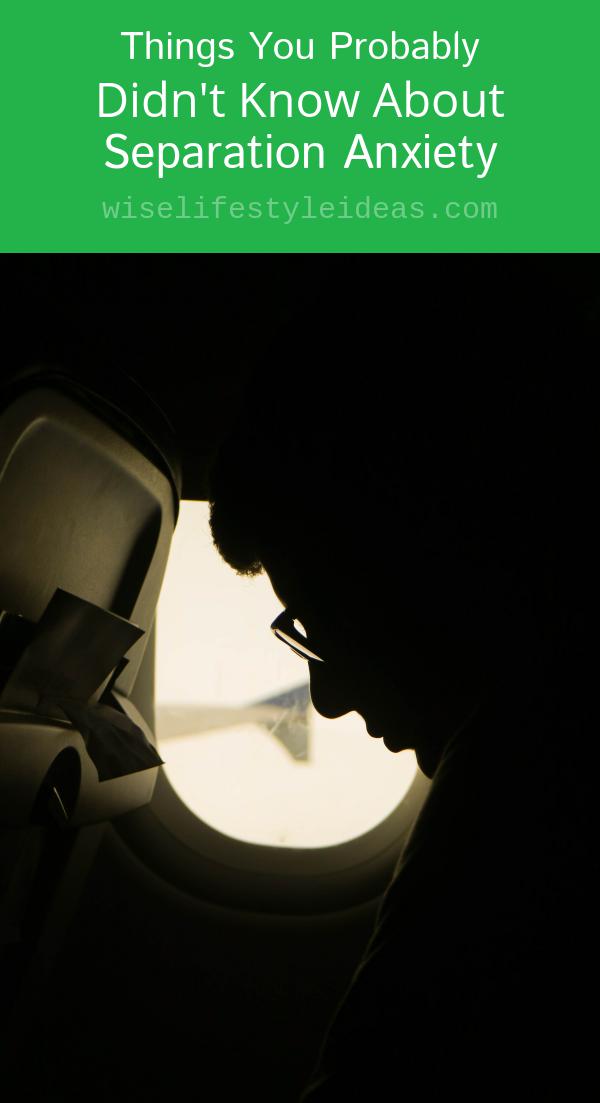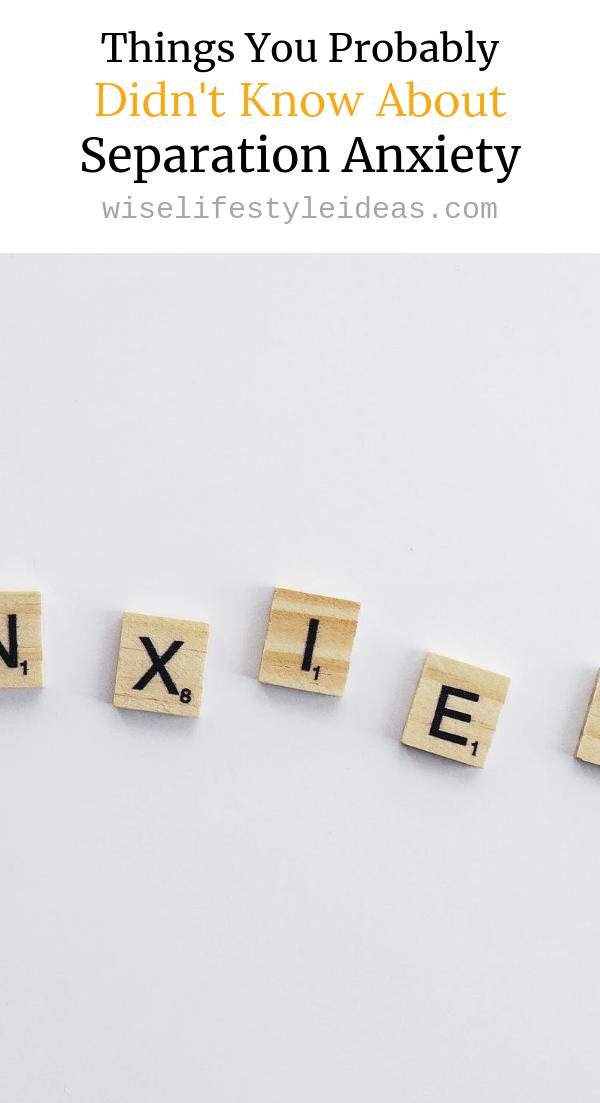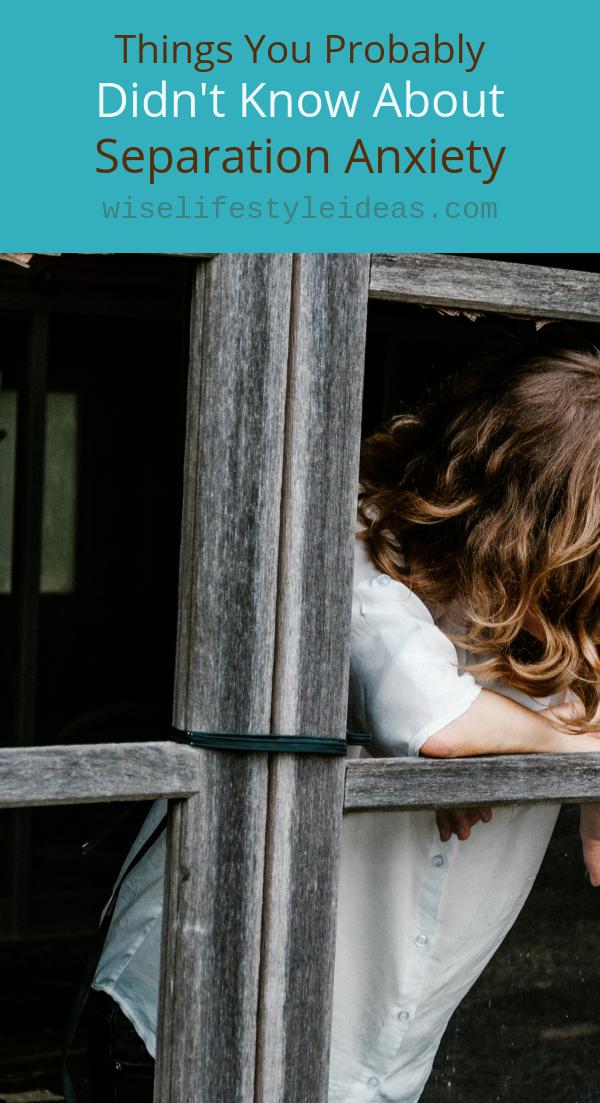I remember one time during my school years, I saw a mother trying to leave her clinging, teary and tantrum-filled child at school. Goodbyes like that are common to the children’s earliest years. Actually, it is called separation anxiety. But, it’s not only common to children; it is as well common to parents, especially if they only have one child ready for school. Separation anxiety usually develop around the first birthday of a child, getting upset when parents tries to leave them with other people. Though, separation anxiety is perfectly normal part of childhood development, it can be disturbing.
A baby develops separation anxiety sometime between their 4th -7th month. During this time, your baby develops a sense of object permanence. Baby realizes that there’s only one of you. That is why when they can’t see you, they will cry for they meant that you’ve gone away. Between 8th months to 1 year, your child becomes even more uncertain about being separated from you. This is when separation typically develops, and your child may show tantrums and cry hard whenever you try to leave.

The timing of separation anxiety can vary widely from child to child. There are kids who experience it earlier and some may experience it later, and it also depends on the child on how the parents respond. In cases where the separation anxiety interferes with an older child’s normal activities, it can be an indication of a serious anxiety disorder. In cases where separation condition came out of the blue in an older child, it can be a sign of another problem and it is possible that the child may be dealing with, like harassment or mistreatment.
Always remember that separation anxiety is typically different from the normal feelings an older child has when he/she doesn’t want a parent to leave. In cases like that, a child may be distracted to overcome the distress until the parents arrive, and remembers that her parents left. In addition, your child doesn’t understand the effects of his/her behavior has on you. If you come after your baby every time he/she cries, your child may use the same trick on you just to avoid separation.
Separation anxiety is not only common to kids and parents. Believe it or not, it is also what your dog feels every time you leave them. Everyone needs a little time and space these days due to the hectic schedules from work and family. Unless of course, you are man’s best friend Dogs with separation anxiety displays behavior problems when they are left alone, typically lasting for 20-45 minutes after their owners leave them. The most common of these behaviors are:
- Digging, chewing, and scratching at doors or windows tiring to escape and reunite with their owners
- Howling, barking, and crying in an attempt to get their owner to come back
- Urination and defecation (even housetrained dogs) as a result of distress.

In cases where you find your couch, doors and other furniture all torn up, because of what your dogs did, just put yourself in your dog’s shoes, and try to understand how it feels to suffer separation anxiety.




